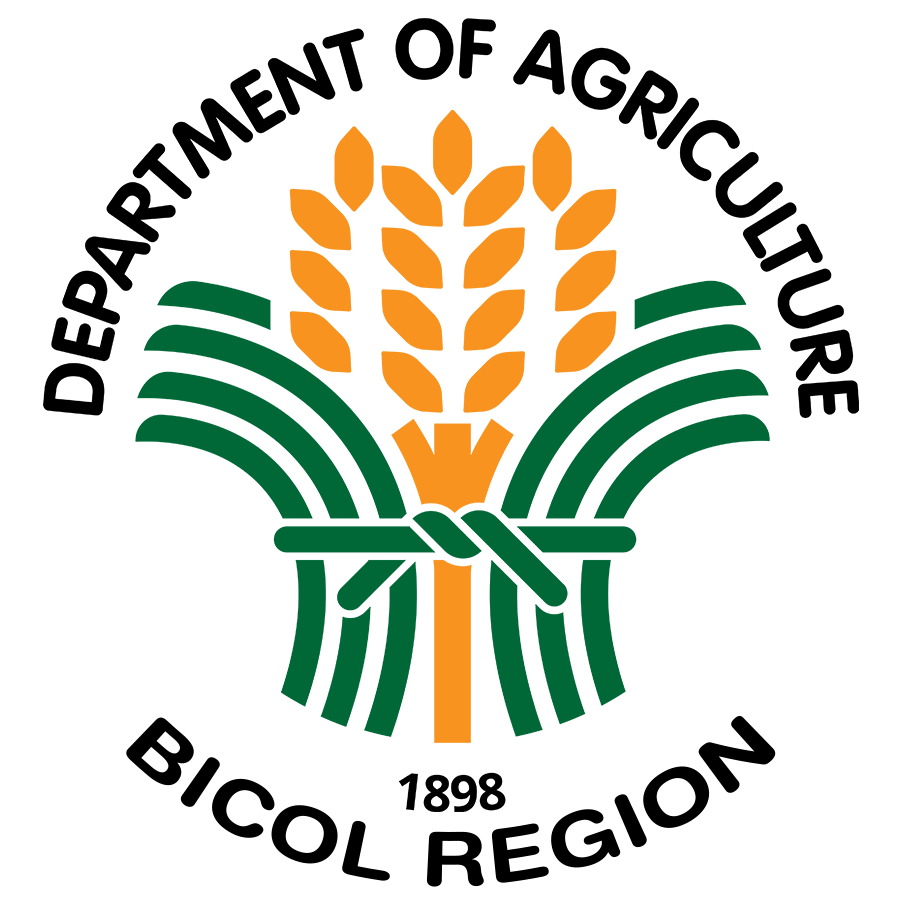Pili, Camarines Sur. The Department of Agriculture thru the Corn Program is intensifying silage production. A 3-ha corn silage production is being established in the Regional Office intended for livestock feeds as the COVID-19 pandemic has stalled feed supply availability and movement of livestock becomes increasingly challenging due to the Enhanced Community Quarantine.
According to the Philippine Council for Agriculture, Aquatic and Natural Resources (PCAARDD-DOST), a farmer engaged in dairy animal production needs about 25-30 kg of feeds in 24 hours for an animal weighing from 400-500 kg/head. A hectare of white corn can produce 19.50 MT to 39MT in stressed and ideal condition, respectively. For yellow corn, this is equivalent to 30MT/ha to 60Mt/ha for stressed and ideal condition, respectively.
Corn silage is a popular forage for ruminant animals because it is high in energy and easily digestable and is easily adapted to mechanization from the stand-crop to time of feeding. A well-eared corn silage have 8.6% crude protein, 46% neutral-detergent fiber, 26% acid-detergent fiber, 22% cellulose, 4% lignin, 3% ash, 0.30% calcium, 0.28% phosphorous and 1.32% potassium (Source: www.corn.agronomy.wisc.edu)
Corn silaging is also an opportunity for communities with high climate vulnerabilities as corn can be harvested between 75 and 80 days or when the ear’s seeds has about two-thirds milk-line or the distinct horizontal line that appears near the end of the corn’s kernel. In Bicol Region, Palaya Corporation, a private business entity is actively planting and buying corn plants intended for silage and supply such to ruminant raisers. (Arvin O. Nolasco/Jerome L. Rioteras/Sandy B. Bobier)
